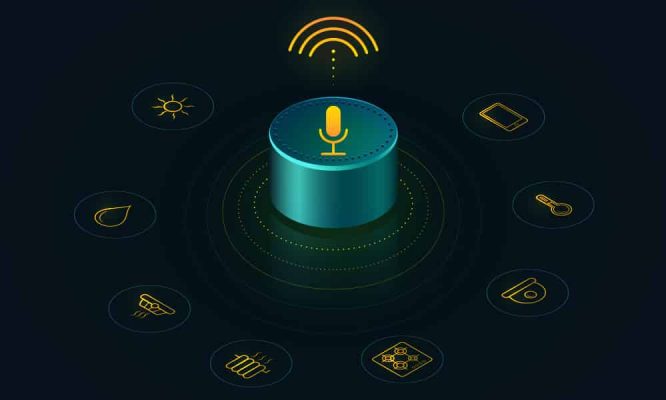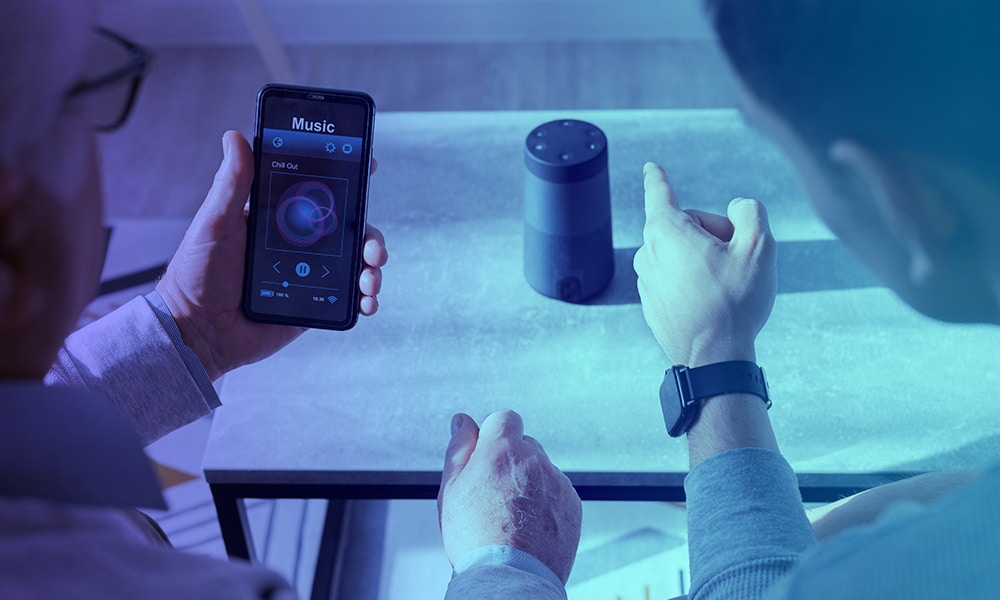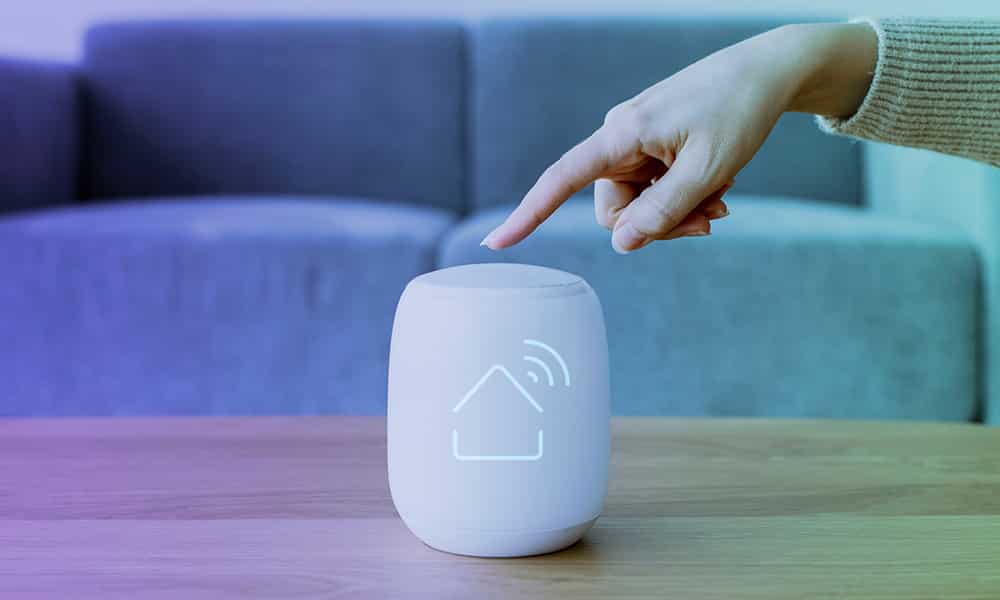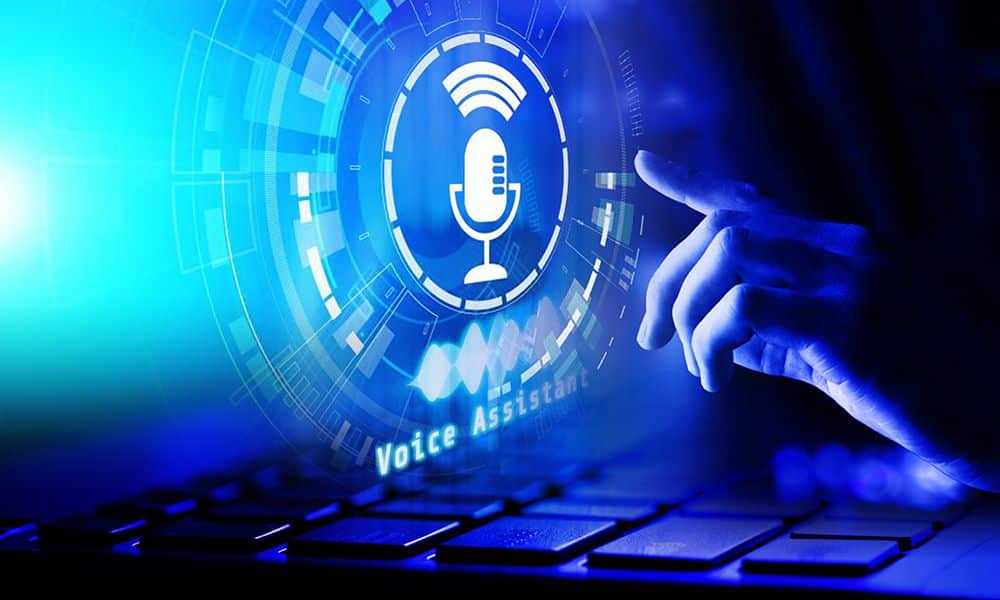If you use Siri, Alexa, Cortana, Amazon Echo, or others as a part of your daily lives, you would accept that Speech recognition has become a ubiquitous part of our lives. These artificial intelligence-powered voice assistants convert the verbal queries of users into text, interpret and understand what the user is saying to come up with an appropriate response.
There is a need for quality data collection to develop reliable speech, recognition models. But, developing speech recognition software is not a simple task – precisely because transcribing human speech in all its complexity, such as the rhythm, accent, pitch, and clarity, is difficult. And, when you add emotions to this complex mix, it becomes a challenge.
What is Speech Recognition?
Speech recognition is software’s ability to recognize and process human speech into text. While the difference between voice recognition and speech recognition might seem subjective to many, there are some fundamental differences between the two.
Although both speech and voice recognition form a part of the voice assistant technology, they perform two different functions. Speech recognition does automatic transcriptions of human speech and commands into text, while voice recognition only deals with recognizing the speaker’s voice.
Types of Speech Recognition
Before we jump into speech recognition types, let’s take a brief look at speech recognition data.
Speech recognition data is a collection of human speech audio recordings and text transcription that help train machine learning systems for voice recognition.
The audio recordings and transcriptions are entered into the ML system so that the algorithm can be trained to recognize the nuances of speech and understand its meaning.
While there are many places where you can get free pre-packaged datasets, it is best to get customized datasets for your projects. You can select the collection size, audio and speaker requirements, and language by having a custom dataset.
Speech Data Spectrum
Speech data spectrum identifies the quality and pitch of speech ranging from natural to unnatural.
Scripted Speech recognition data
As the name suggests, Scripted speech is a controlled form of data. The speakers record specific phrases from a prepared text. These are typically used for delivering commands, emphasizing how the word or phrase is said rather than what is being said.
Scripted speech recognition can be used when developing a voice assistant that should pick up commands issued using varied speaker accents.
Scenario-Based speech recognition
In a scenario-based speech, the speaker is asked to imagine a particular scenario and issue a voice commanding based on the scenario. This way, the result is a collection of voice commands that are not scripted but controlled.
Scenario-based speech data is required by developers looking to develop a device that understands everyday speech with its various nuances. For instance, asking for directions to go to the nearest Pizza Hut using a variety of questions.
Natural Speech Recognition
Right at the end of the speech spectrum is speech that is spontaneous, natural, and not controlled in any manner. The speaker speaks freely using his natural conversational tone, language, pitch, and tenor.
If you want to train an ML-based application on multi-speaker speech recognition, then an unscripted or conversational speech dataset is useful.
Data Collection components for Speech Projects

Understand required user responses
Start by understanding the required user responses for the model. To develop a speech recognition model, you should gather data that closely represent the content you need. Gather data from real-world interactions to understand user interactions and responses. If you are building an AI-based chat assistant, look at the chat logs, call recordings, chat dialog box responses to create a dataset.
Scrutinize the domain-specific language
You require both generic and domain-specific content for a speech recognition dataset. Once you have collected generic speech data, you should sift through the data and separate the generic from specific.
For example, customers can call in to ask for an appointment to check for glaucoma in an eye care center. Asking for an appointment is a highly generic term, but glaucoma is domain-specific.
Moreover, when training a speech recognition ML model, make sure you train it to identify phrases instead of individually recognized words.
Record Human Speech
After gathering data from the previous two steps, the next step would involve getting humans to record the collected statements.
It is essential to maintain an ideal length of the script. Asking people to read more than 15 minutes of text could be counterproductive. Maintain a minimum 2 – 3 second gap between each recorded statement.
Allow the recording to be dynamic
Build a speech repository of various people, speaking accents, styles recorded under different circumstances, devices, and environments. If the majority of future users are going to use the landline, your speech collection database should have a significant representation that matches that requirement.
Induce variability in Speech recording
Once the target environment has been set up, ask your data collection subjects to read the prepared script under a similar environment. Ask the subjects not to worry about the mistakes and keep the rendition as natural as possible. The idea is to have a large group of people recording the script in the same environment.
Transcribe the Speeches
Once you have recorded the script using multiple subjects (with mistakes), you should proceed with the transcription. Keep the mistakes intact, as this would help you achieve dynamism and variety in collected data.
Instead of having humans transcribe the entire text word for word, you can involve a speech-to-text engine to do the transcription. However, we also suggest you employ human transcribers to correct mistakes.
Develop a test Set
Developing a test set is crucial as it is a front-runner to the language model.
Make a pair of the speech and corresponding text and make them into segments.
After gathering the collected elements, extract a sampling of 20%, which forms the test set. It is not the training set, but this extracted data will let you know if the trained model transcribes audio that it has not been trained on.
Build language training model and measure
Now build the speech recognition language model using the domain-specific statements and additional variations if needed. Once you have trained the model, you should start measuring it.
Take the training model (with 80% selected audio segments) and test it against the test set (extracted 20% dataset) to check for predictions and reliability. Check for mistakes, patterns, and focus on environmental factors that can be fixed.
[Also Read: Enhance AI models with our quality Indian language audio datasets.]
Possible Use Cases or Applications

Voice Application, Smart Appliances, Speech to text, Customer Support, Content Dictation, Security application, Autonomous Vehicles, Note-taking for healthcare.
Speech recognition opens a world of possibilities, and the user adoption of voice applications has increased over the years.
Some of the common applications of speech recognition technology include:
Voice Search Application
According to Google, about 20% of searches conducted on the Google app are voice. Eight billion people are projected to use voice assistants by 2023, a sharp increase from the predicted 6.4 billion in 2022.
Voice search adoption has increased significantly over the years, and this trend is predicted to continue. Consumers rely on voice search to search queries, purchase products, locate businesses, find local businesses, and more.
Home Devices/Smart Appliances
Voice recognition technology is being used to provide voice commands to home smart devices such as TVs, lights, and other appliances. 66% of consumers in the UK, US, and Germany stated that they used voice assistants when using smart devices and speakers.
Speech to text
Speech-to-text applications are being used to aid in free computing when typing emails, documents, reports, and others. Speech to text eliminates the time to type out documents, write books and mails, subtitle videos, and translate text.
Customer Support
Speech recognition applications are used predominantly in customer service and support. A speech recognition system helps in providing customer service solutions 24/7 at an affordable cost with a limited number of representatives.
Content Dictation
Content dictation is another speech recognition use case that helps students and academics write extensive content in a fraction of time. It is pretty helpful for students at a disadvantage because of blindness or vision problems.
Security application
Voice recognition is used extensively for security and authentication purposes by identifying unique voice characteristics. Instead of having the person identify themselves using personal information stolen or misused, voice biometrics increases security.
Moreover, voice recognition for security purposes has improved customer satisfaction levels as it does away with the extended login process and credential duplication.
Voice commands for vehicles
Vehicles, primarily cars, now have a common voice recognition feature to enhance driving safety. It helps the drivers focus on driving by accepting simple voice commands such as selecting radio stations, making calls, or reducing the volume.
Note-taking for healthcare
Medical transcription software built using speech recognition algorithms easily captures doctors’ voice notes, commands, diagnoses, and symptoms. Medical note-taking increases the quality and urgency in the healthcare industry.
Do you have a speech recognition project in mind that can transform your business? All you might need is a customized speech recognition dataset.
An AI-based speech recognition software needs to be trained on reliable datasets on machine learning algorithms to integrate syntax, grammar, sentence structure, emotions, and nuances of human speech. Most importantly, the software should continually learn and respond – growing with every interaction.
At Shaip, we provide entirely customized speech recognition datasets for various machine learning projects. With Shaip, you have access to the highest quality tailor-made training data that can be used to build and market a reliable speech recognition system. Get in touch with our experts for a comprehensive understanding of our offerings.
[Also Read: The Complete Guide to Conversational AI]








